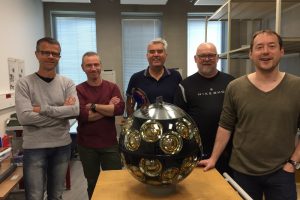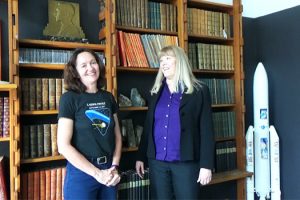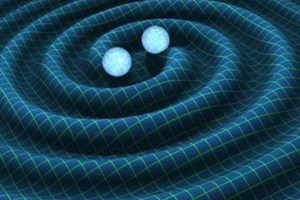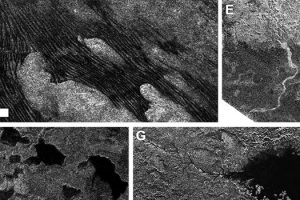Week of the French Astrophysic
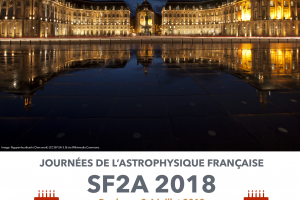
The Gravitational Waves Research Group organizes a workshop at the SF2A Days on July 3-6 in Bordeaux: http://www.sf2a.eu/ (workshop S03, Tuesday July 3). It is possible to present oral contributions and posters. The invited seminars are: Ultra-dense matter in neutron stars: existing constraints and prospects, Micaela Oertel Searching for supermassive black holes through low frequency gravitational emission, Stas Babak Towards […]
» Read more
